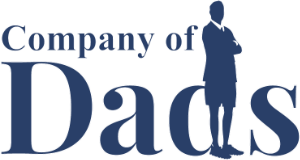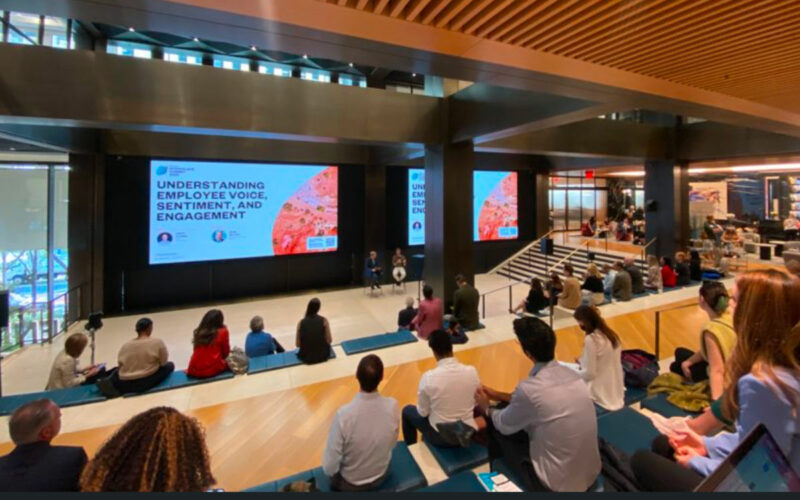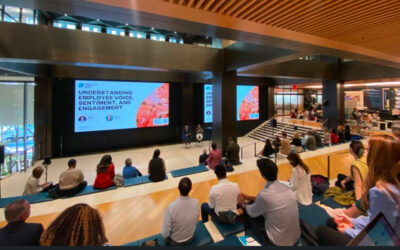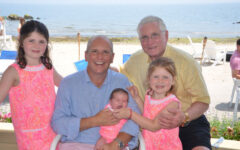So began a conference on the future of work, hosted by CharterWorks, a new media company focused on transforming the workplace and driving the conversation on how, where and when we’re going to work going forward.
Lakshmi Rengarajan, an expert on the workplace, began the day by asking that question which, for me, set more than the tone for the day. It set the mindset: “Who else had to work so you could be here today?”
I’d never heard the question asked so clearly and openly before.
If I was there, as a Lead Dad, I had made arrangements for someone else to be where I normally was: working in my office at home, and making sure I was there at 3:25pm, 4:05pm and 4:20pm.
Those aren’t meeting times. Those are the times my children get home from school, and I’m generally the one who routes his schedule around their arrival – which, to be honest, is a far more enjoyable and less stressful time than their staggered departures in the morning! (In a recent podcast, Bruce Feiler, the writer and public intellectual, theorized that giving up the most-rushed hour in the morning would improve family happiness far more than giving up any other hour in the day. “Everyone’s stressed when they wake up,” he said.)
The conference, held in a reimagined workspace in 1 Penn Plaza in New York, focused on how people are going to work coming out of the pandemic as well as what is going to be expected of workers and provided by employers. It was heady stuff.
“We’re in this liminal in between phase of reinventing, reimagining how we do work,” said Julia Hobsbawn, author of the The Nowhere Office: Reinventing Work and the Workplace of the Future, predicting this phase will last until 2025. How it shakes out is still to be decided.
“Flex is here, unless you’re Elon Musk or David Solomon and you’re literally on your own planets,” she said, name-checking the founder of Tesla and the chief executive of Goldman Sachs who have advanced staunch back-to-office policies. “You just have to drop the residual fantasy that you can compel people into work. It just doesn’t work.”
Instead, she sees the new workplace more like a university where people will come in to collaborate, learn and gossip. But she sees there are three types of workers in most companies who need to find better ways to collaborate – that is the learner (young worker), the leaver (people with childcare responsibilities and freelancers) and the leader.
Helen Lee, co-founder of the Future Forum, said employers need to think beyond the logistics of workplaces. “Flexibility is table stakes,” she said. “It comes down to trust.”
And Colette Stallbaumer, who runs Microsoft’s Future of Work initiative, talked about the need to end “productivity paranoia” around people working in different ways.
So many amazing takes on where we are and where we’re going. But I kept coming back to the question that started the conference: “Who else had to work so you could be here today?”
In a conference about openness, I reflected on how everyday, I’m fortunate to have Frank, my children’s bus driver, who takes them to school so I don’t have to drive them. I thought about the schools’ food service workers who provide lunch for my kids so I don’t have to make it myself at home. And on that particular day, I also asked my wife to reshuffle her schedule and asked our caregiver to help with driving our kids to their after-school activities.
Who helps you get where you need to go?









